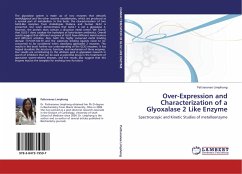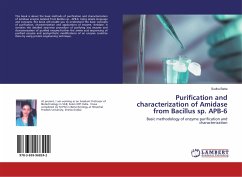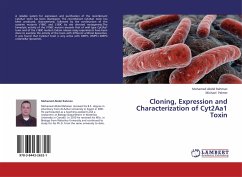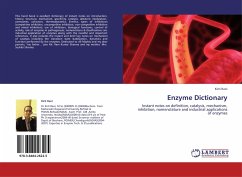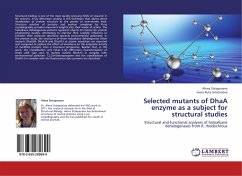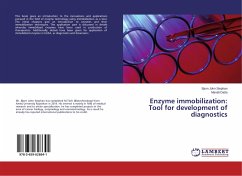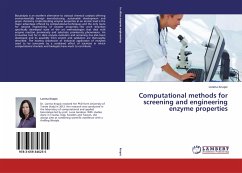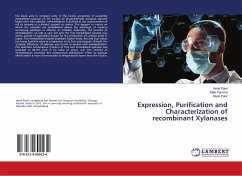The glyoxalase system is made up of two enzymes that detoxify methylglyoxal and the other reactive oxoaldehydes, which are produced as a normal part of metabolism. In this book, the characterization of two GLX2-like isozymes from Arabidopsis thaliana and human GLX2 is presented. Our work demonstrates that GLX2-1 is not a glyoxalase 2; however, the protein does contain a dinuclear metal center. We found that GLX2-1 does catalyze the hydrolysis of beta-lactam antibiotics. Overall results suggest that different isozymes of GLX2 have different metal centers and different activities. Also, both the highly conserved metal binding domain (T-H-X-H-X-D-H) and the substrate binding ligands need to be concerned to be considered when classifying glyoxalase 2 enzymes. The results in this book further our understanding of the GLX2 enzymes. It has helped elucidate the structure, function, and mechanism of these enzymes. Our results are contributing to the ultimate goal in glyoxalase research insearch of inhibitors that can be used as potential drugs in the treatment of glyoxalase system-related diseases, and the results also suggest that this enzyme may be the template for evolving new functions
Bitte wählen Sie Ihr Anliegen aus.
Rechnungen
Retourenschein anfordern
Bestellstatus
Storno

